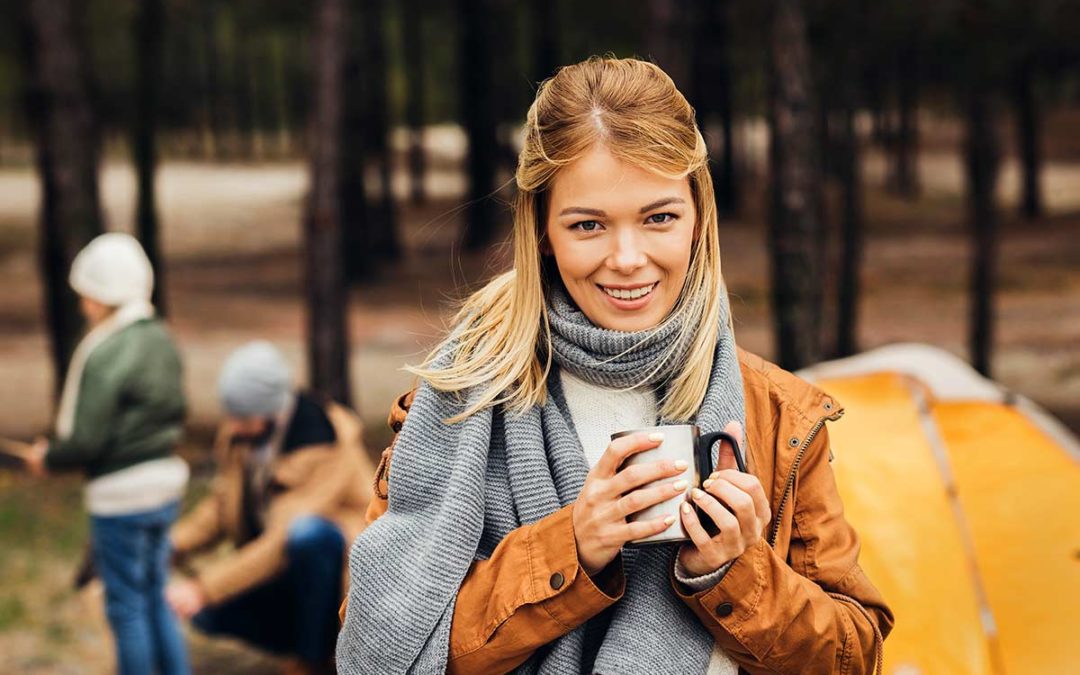
Five tips for fall camping everyone must know
1. Rain and Wind Coverage
Setting your tent up without protection from the wind will make a huge difference in how you sleep. Setting the tent up in an empty field will not protect from the wind and the campers will most likely not get enough sleep. Make sure all tents are properly staked down and make sure any rain covers are attached properly to prevent a soggy mess that will leave everyone wet and cranky. Sleeping pads to put on the ground under your sleeping bag will make ALL the difference in the world. The air is cold in the fall but the ground is colder, not having something under your sleeping bag will be very miserable.
2. Layered Clothing
Always wear a few layers of clothing when you are camping. Fabrics to pack include wool, fleece and synthetic materials; they will help wick away any sweat from your skin. Long underwear is always a good idea to wear under your clothes and will keep your body toasty. Don’t forget your knit hat, gloves, sturdy boots, heavy jacket and you can add a wind and water-resistant jacket over the top to keep you warm and dry. One thing you don’t want to forget is EXTRA SOCKS! Nobody wants cold, wet feet at the end of the day.
3. Eat Hearty
Plan meals that are healthy and hearty and you will not regret it. Filling your stomach this way will help fuel your body and help keep you going all day and into the night. Cuddling is good during the night but if you’re hungry it won’t help at all. Make sure your belly is nice and full before bed and it will help keep you warm through the cold nights. Think about meals like chili, foil packets filled with meat, potatoes and veggies and Mac n’ Cheese and don’t forget the S’mores! Sipping on Hot Cocoa, Hot Tea or hot Soup will help increase your internal temperature.
4. Bring Lots of Firewood
Campfires are almost a requirement for camping, especially in the fall. Always check to make sure there are no fire restrictions first, though. The frost in the air first thing in the morning can be harsh so make sure you bring extra firewood (or an axe so you can chop some downed branches up for your fire. A few hours before bed you can all gather around a big fire to warm up before turning in for the night. Make sure you put it all the way out (“Dead Out”) before going to your tent.
5. Keep Busy
Whether your group is headed out for a day hike, rock climbing or just a nature walk; keeping your body busy will help keep it warm. Leaf collecting will keep your body busy, you will be having fun instead of focusing on how cold it is outside and all the activity will help you sleep better at night as well.
Have fun and make sure you bring plenty of water for all of your fall adventures. The memories you make while outdoors will be with you forever. Enjoy the downtime and relax while you can.
-

[All Sizes] Custom Bath Shower Curtain
$20.78 – $30.38 -

Antique Lace Boho Arm Warmers
$14.99 -

Black Daisies Boho Pillowcase for Body Pillows
$24.99 -
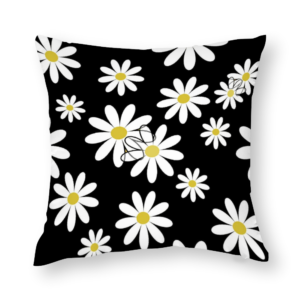
Black Daisies Boho Throw Pillow Cover 24×24
$19.99 -
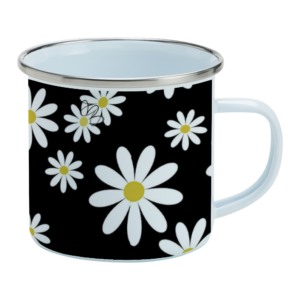
Black Daisies Enamel Coffee Cup 10 oz
$15.99 -
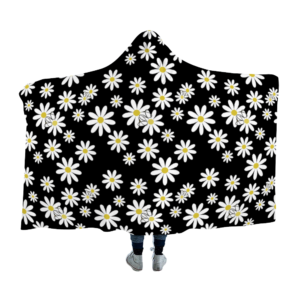
Black Daisies Fleece Hooded Blanket
$24.99 – $39.99 -
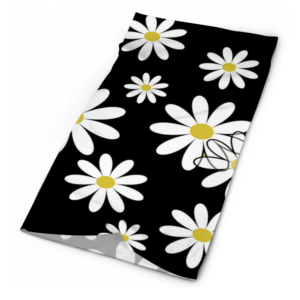
Black Daisies Magic Scarf
$14.99 -
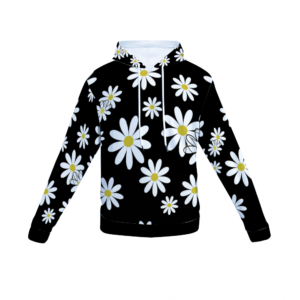
Black Daisies Unisex Hoodie
$29.99 – $33.99 -
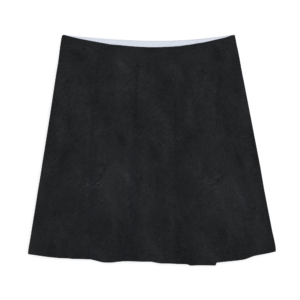
Black Faux Leather Mini Skirt
$24.99 -
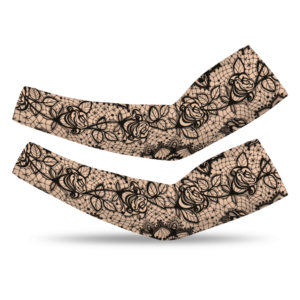
Black Lace Arm Protectors
$14.99 -

Black Lives Matter BLM Sweatshirt Unisex
$24.95 -

Black Lives Matter BLM Youth T-Shirt
$14.95
The Fine Print
- About Me
- Privacy & TOS
- FAQ
- Contact Info
- Media Inquiries
Bohemian Life
- Bohemian Style Guide
- Best Bohemian Maxi Dresses
- Boho Jewelry
- Digital Nomads
- How Do Essential Oils Work?
- Healing with Herbs
- Homemade Beauty Products
- The Benefits of Meditation
- Yoga: Which Kind is Right for You?
Authentic Travel
- How to Find Cheap Flights
- Top Adventure Travel Deals
- How to Find Last Minute Travel Deals
- The Best River Cruises
- Destinations: Your Travel Bucket List
- Solo Female Travel
- The Best Singles Vacations
- Volunteer Travel
- Must-Have Travel Gear
Bohemian Spirituality
- Free Runes Reading Online
- Learn to Read Tarot
- The Signs of the Zodiac
- Free Daily Horoscopes
- Are Secret Societies Still Active Today?
- Buddhism 101
- Witchcraft is not Satan Worship
- Who was Madame Blavatsky?
- Who are the Rosicrucians?

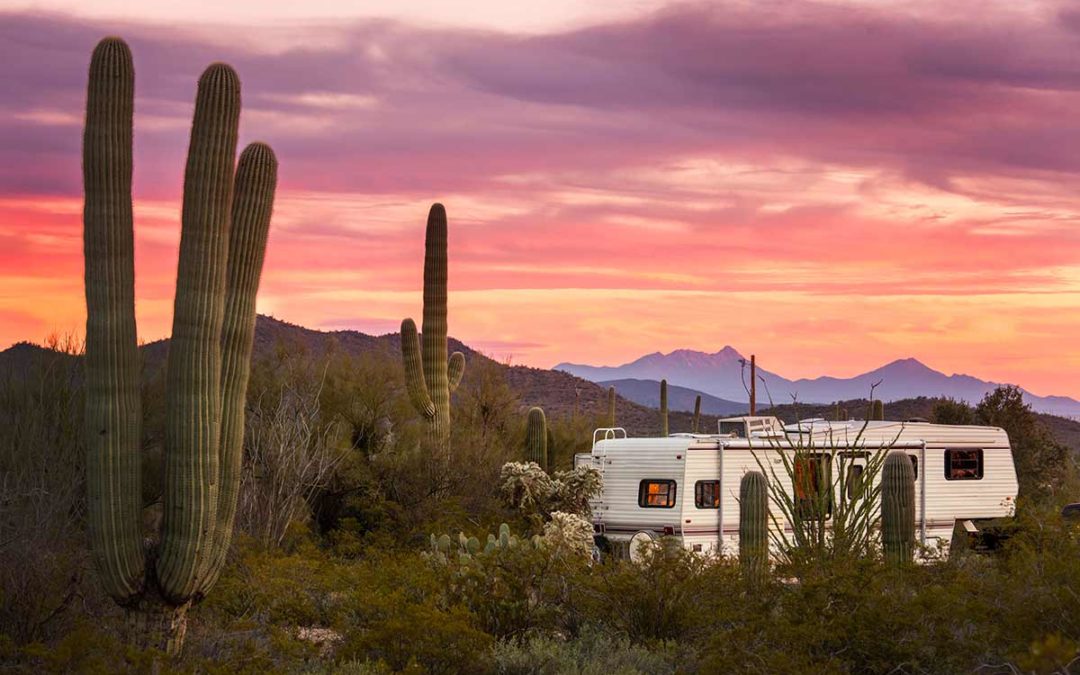

Recent Comments